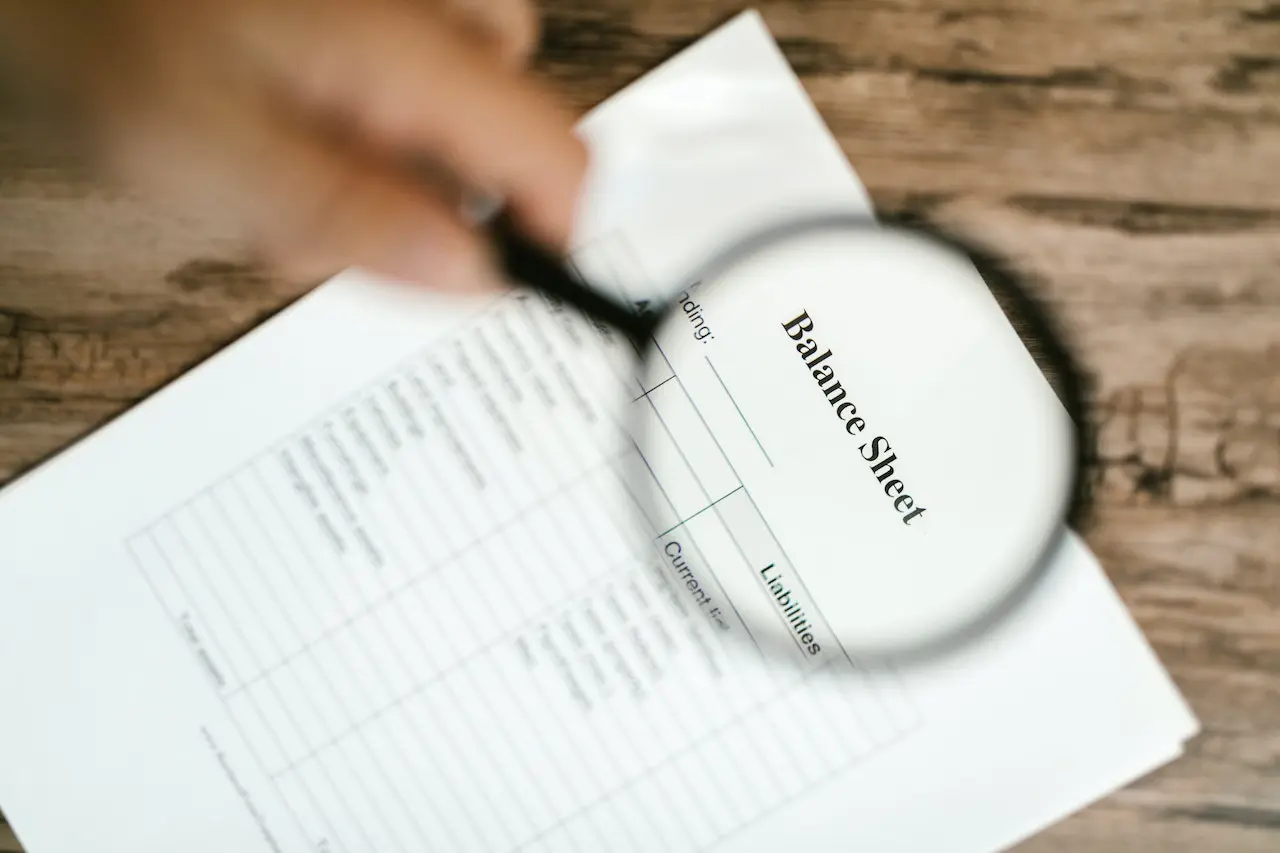In the world of business, financial statements play a crucial role in illustrating a company’s financial health. Among these statements, the balance sheet stands out as an essential tool for both business owners and investors. In this blog post, we will explore what a balance sheet is, why it is used, and provide an example of a balance sheet for an eCommerce company.
What is a Balance Sheet?
A balance sheet, also known as a statement of financial position, is a snapshot of a company’s financial situation at a specific point in time. It provides a comprehensive overview of the company’s assets, liabilities, and equity. The balance sheet follows the fundamental accounting equation:
Assets = Liabilities + Equity
This equation is based on the principle that a company’s resources (assets) are financed either by debt (liabilities) or by ownership interests (equity).
Why is a Balance Sheet Used?
A balance sheet serves several purposes, making it an indispensable tool for businesses:
- Financial analysis: Balance sheets help businesses and investors analyze the financial stability, liquidity, and solvency of a company.
- Performance tracking: Comparing balance sheets over time allows companies to track their progress, identify trends, and make informed decisions.
- Loan applications: Lenders often require balance sheets to assess a company’s creditworthiness before approving loans.
- Compliance and reporting: Balance sheets are essential for regulatory compliance and accurate financial reporting.
Example of a Balance Sheet for an eCommerce Company
Below is a simplified balance sheet for a fictional eCommerce company, “OnlineShop Inc.” as of December 31, 2022 (in thousands of dollars):
Here is a simplified example of a balance sheet for a fictional eCommerce company, “eShopify” as of December 31, 2022 (in thousands of dollars):
ASSETS
Current Assets:
- Cash and cash equivalents: $50,000
- Accounts receivable: $25,000
- Inventory: $45,000
Prepaid expenses: $5,000
- Total Current Assets: $125,000
Non-Current Assets:
- Property, plant, and equipment (PP&E): $75,000
- Intangible assets (Website, software, etc.): $20,000
Goodwill: $10,000
- Total Non-Current Assets: $105,000
TOTAL ASSETS: $230,000
LIABILITIES
Current Liabilities:
- Accounts payable: $30,000
- Short-term debt: $20,000
Accrued expenses: $10,000
- Total Current Liabilities: $60,000
Non-Current Liabilities:
- Long-term debt: $50,000
Deferred tax liabilities: $5,000
- Total Non-Current Liabilities: $55,000
TOTAL LIABILITIES: $115,000
SHAREHOLDERS’ EQUITY
- Common stock: $10,000
Retained earnings: $105,000
- Total Shareholders’ Equity: $115,000
TOTAL LIABILITIES AND SHAREHOLDERS’ EQUITY: $230,000
This balance sheet example illustrates the assets, liabilities, and shareholders’ equity for “eShopify” as of December 31, 2022. The total assets equal $230,000
